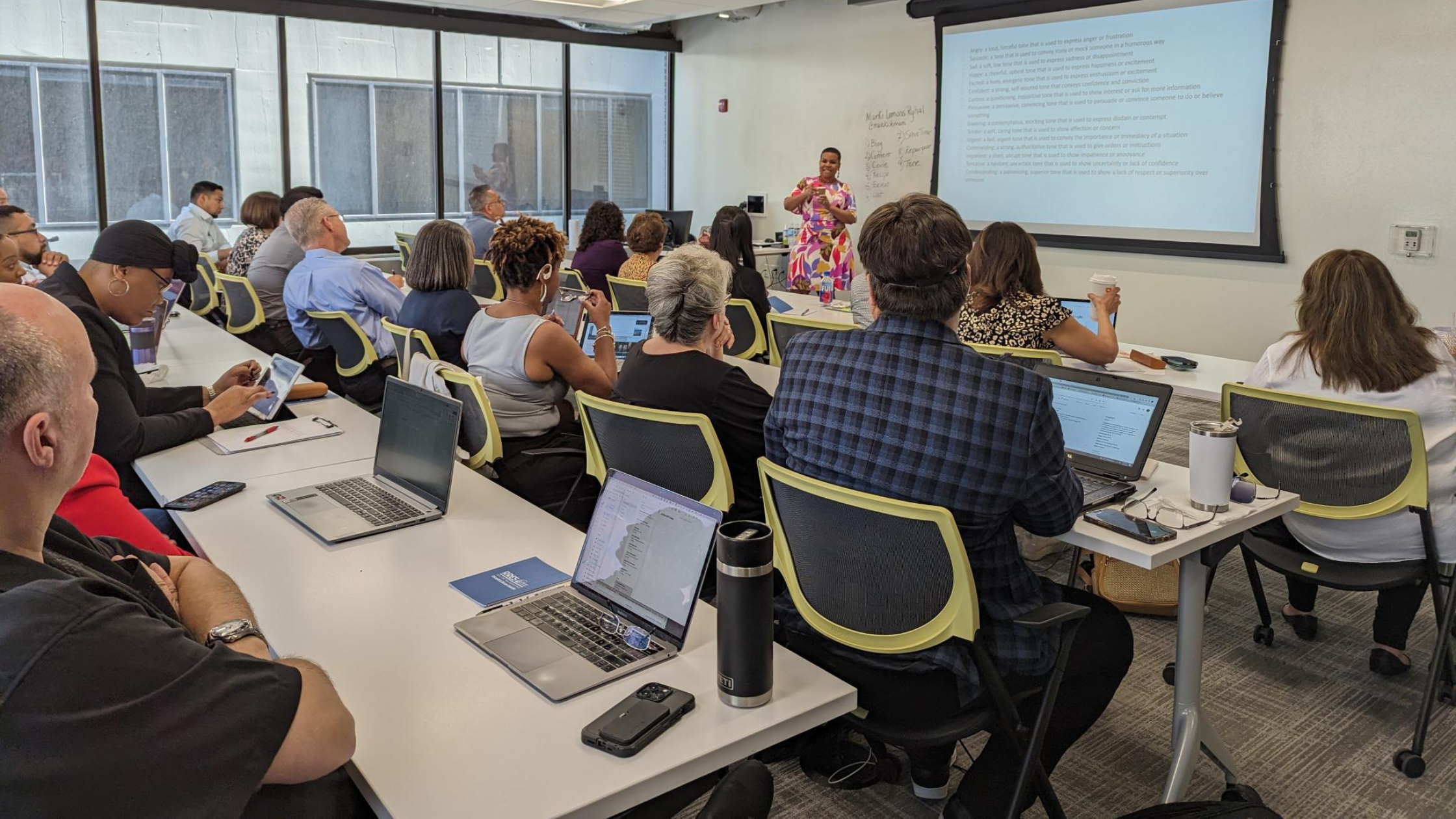An investor looks to purchase property where they can add value, either by repairing the property to force appreciation, by improving underperforming assets or re-purposing a property to its best and highest use.
As a fulltime real estate investor, I’m always looking to buy. I also have a vast network of other investors who are constantly looking. So, what makes an investor happy? This is the million-dollar question.
Lean in. I’m about to tell you a secret…
If an investor just says they want “a deal,” then they don’t know what they want. Welcome to an investor’s number one problem – common if the investor is new, expanding their business or entering a new market. But, this is the opportunity, because the investor and the REALTOR® need each other to survive and thrive.
TRIAGE YOUR INVESTOR CLIENTS
Triage is the process of sorting, prioritizing and determining the treatment of those in need who outnumber the resources currently available. It emphasizes prioritization, the determination of appropriate actions and the sheer avoidance of failure. Triage is the fast and furious way to determine specific objectives to the highest and best care quickly. The triage process must be re-examined regularly to determine over time if the objective is successful. This was first used in the 1930’s in wartime medical response and is a system our emergency responders still use today.
Triage also works in business when resources are inundated above and beyond the need for response. For REALTORS®, you can to use triage to provide investors what they need. What does this mean?
I use my Real Estate Investing (REI) TRIAGE tool to help new and underperforming investors find their place in our industry. These are six distinct topics every investor fits into in some way, whether they’re aware of it or not.
Investors work like any other client in that you need to really understand what’s important to them. Getting the most amount of money for their property may not be it; instead, they may value simplicity, speed and a lack of public exposure.
Use my super simple system to qualify and add value to your investor relationships. The acronym TRIAGE stands for six areas you need to learn about your investor. Let’s get started.
TOLERANCE
Your investor client has a tolerance for risk that differs slightly from your average homebuyer.
If an investor is low risk, they may want to consider traditional forms of investing, such as the buy and hold methodology. Their tolerance may also be expressed as a pain tolerance, where pain is a loss. Other investors will buy properties that don’t cash flow due to a preference for the opportunity for appreciation.
It’s important to note that investors also have a tolerance for outdated finishes that could turn off other potential buyers, making them an ideal outlet for a seller who doesn’t want to make certain upgrades, like removing ’70s wallpaper, prior to selling.
The REALTOR® can also be more direct in an investor transaction, since the investor isn’t looking for the perfect home. Instead, a REALTOR® and investor client can crystallize what the deal looks like so you both know when you find it. In any transaction, the investor should be able to provide more specifics than your typical homebuyer.
RESOURCES
This is one of the key measures of your investor’s capabilities. Here, you should inquire into their financial capabilities and creditworthiness, and find out if they are prequalified. Ask if they plan on buying with cash – and if so, is it their own or do they have a hard money lender already in place?
Time is another resource. Are they a fulltime investor or someone who would like to put their investments under professional management because they have a great W2 job? If someone doesn’t have much time to devote to their investment, that person may expect you to find their deals for them.
Other important resource questions include:
- Who is in their network?
- What professional connections do they have?
- Will they be working with a partner?
- What is their education or experience?
INVOLVEMENT
It’s important to find out how your client wants to be involved with a property. Do they want to see something they can walk into and own, or do they want to roll up their sleeves, get dirty and swing a hammer? Some investors walk their own properties and perform their own inspections. Others partner with someone else who will be the hands-on owner.
Perhaps what your clients really need is an experienced partner where they can place their money — these can be the trickiest of clients to deal with. You know they want to buy an investment but they don’t have the time, know-how or real, genuine interest in the process. Here’s a tip: refer this person to an active investor you know! Good investors make money and believe that a rising tide lifts all ships. We know there’s enough money to go around and are happy to show you our gratitude.
APPEARANCE
Appearance is an important consideration when judging the importance of pride of ownership. What class of properties and tenants does the investor tolerate and want to work with? This will quickly help you choose properties or areas under consideration, based on their preferences.
GOALS
The goal is the investor’s why. Why are they investing – is this part of their retirement plan? Is this mostly for fun, say, to justify a vacation home? Are they wanting to place their money in a safer position? Are these short-term goals or long-term? Perhaps they are looking to provide their kids with multigenerational wealth. Are they planning on living off the cash flow? Are they looking for a place to provide tax protection to their portfolio? Would they like to use their 401K to invest and may need to switch it to a self-directed plan to do so? Goals and resources are where you can find so much of what you need to know to find the investor happy place.
EXIT STRATEGY
Every investor should have an exit strategy based on their plans for the investment property. These plans may differ depending on their goals. Are they thinking about flipping, or do they want to buy and hold for a specific number of years? Some investors may not even realize they have an exit plan – it is up to you to help them realize their resources and goals, so then they can create one.
The real estate industry is a loyal one, and investors are no different. Because real estate investing success looks different to so many people, no two investors are alike. Just like your residential homebuyers, investing is highly personal.
And, keep in mind: it’s not always just about the dollar (I’ve been screaming this from the rooftops for years).
Real estate investing is no longer just an elitist practice – thanks to free education via the Internet. Give a man a fish and he eats for a day; teach a man to fish, and he’ll buy property from you every 18 months on average, as opposed to every five-to-seven years. See what I did there?
Give working with investors a chance, because doing so will increase your resiliency, networking opportunities and maybe, just maybe, get you investing like you know you should.
Author: Meghan McCallum, VP Operations and Acquisitions, McCallum Real Estate
Find out Megan McCallum’s investing tips from the recording of her YPN presentation.







